The flag of Rwanda, introduced in 2001, is a powerful symbol of the country’s journey toward unity, hope, and peace following the Genocide Against the Tutsi.
Despite some criticism that the new flag was being used to consulate the power of President Paul Kagame, it is now proudly flown across the country and has been celebrated for its bold, simple, yet distinctive design.
This is how Rwanda’s modern flag came into being, what previous designs were used in the country, and what the new one says about the country today.
What flags were used in Rwanda before the current one?
Rwanda was ruled as a kingdom from the 15th century until a republic was proclaimed in 1961. However, between 1897 and 1961 it was controlled as a protectorate by European powers; the Germans until 1919 and then from Belgium until independence.
The Kingdom of Rwanda didn’t have a flag per se. However, while under German and Belgian control, it used the national flags of those respective countries.
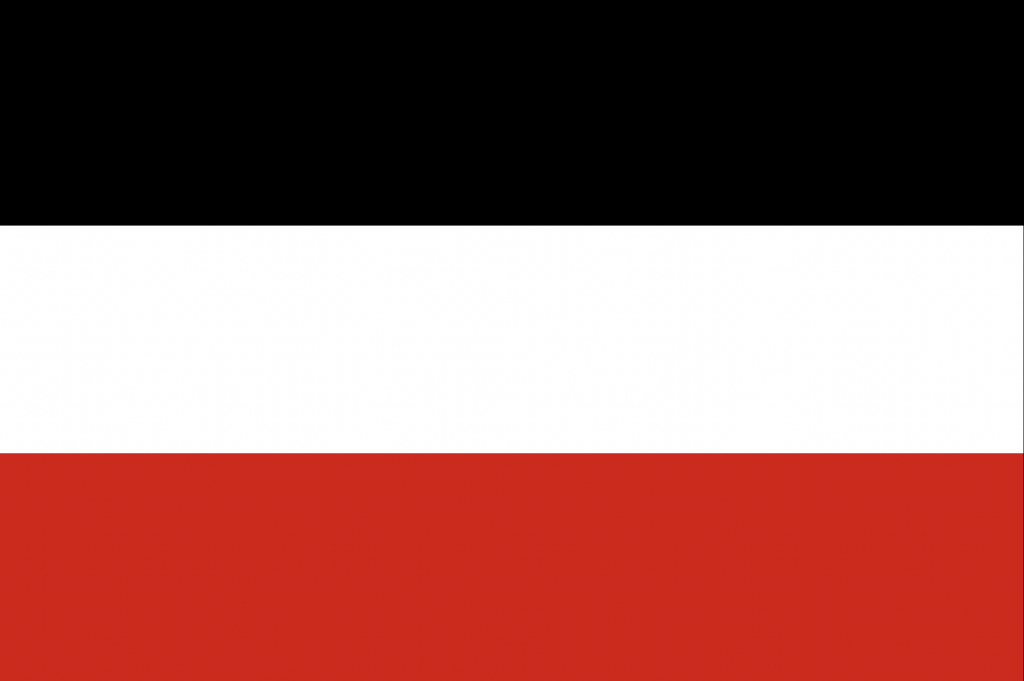
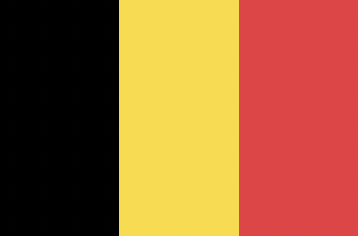
Upon independence, the new government, comprised of Hutu nationalists, overthrew the Tutsi monarchy and adopted a pan-African design for the first flag of Rwanda. This was a tricolour of vertical red, yellow, and green stripes.
The problem with this, however, was that it was identical to the flag that Guinea had adopted five years before. Lacking originality, and with Guinea being on the other side of the continent, a large capital “R” was added to the centre of the flag.
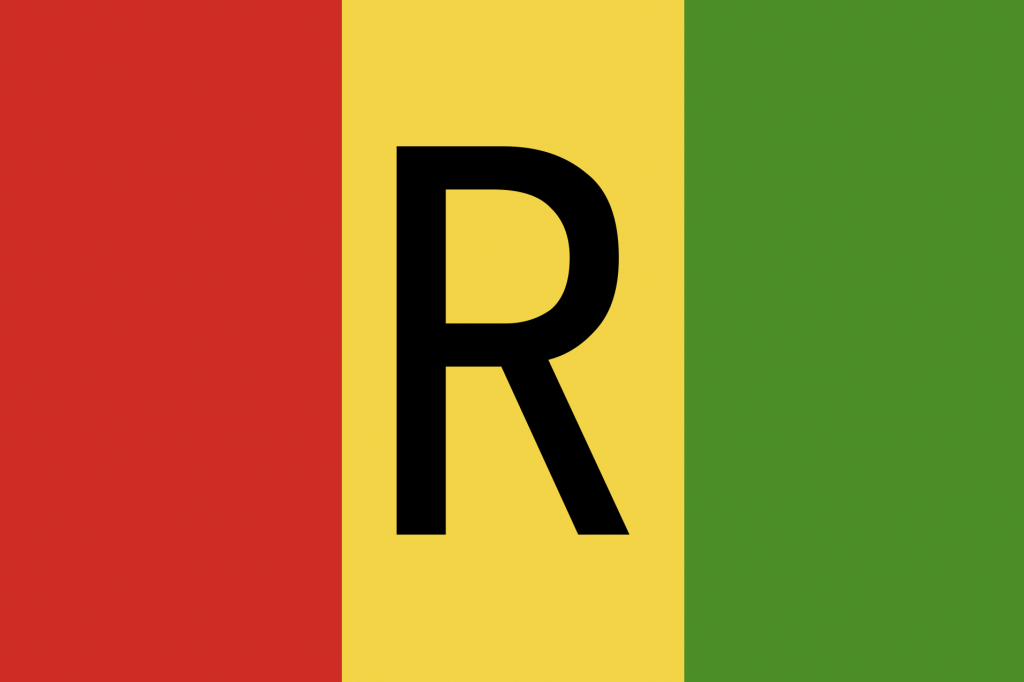
Officially, this stood for “Rwanda,” but also for “referendum” and “revolution.” The latter two are especially provocative terms, as both events in question led to the end of the monarchy that had controlled the country for centuries.
There is also strong evidence that the said referendum was rigged. The “revolution,” which refers to the ethnic violence of 1959 to 1962, led to decades of killings which culminated in the 1994 Genocide. Upon independence, hundreds of thousands of Tutsis fled to neighbouring countries, arguably Africa’s first refugees.
Why was the flag of Rwanda changed in 2001?
As mentioned, the previous national flag had become associated with the divisions and atrocities of the 1994 Genocide Against the Tutsi.
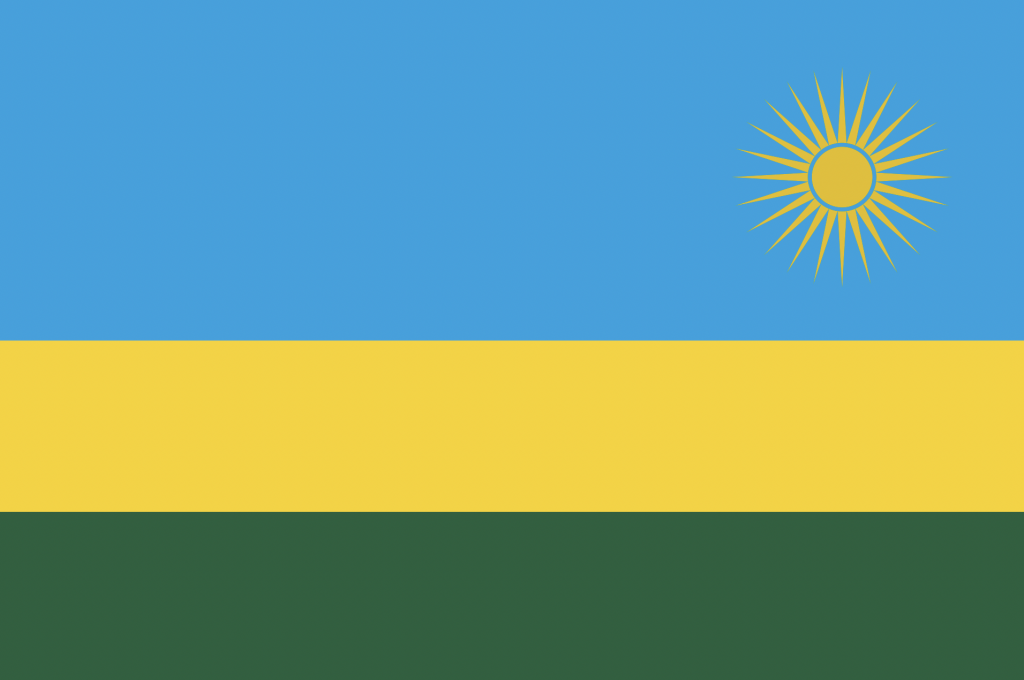
With the previous flag designed and associated with the extremist “Hutu Power” movement that had led to such national carnage, a conscious decision was made to adopt a new design.
Rwandan government policy was to adopt a national “pan-Rwandan” identity, which continues to this day. The aim was to abolish the ethnic groups of Hutu and Tutsi – largely artificial and colonial designations – and for all citizens to see themselves as Rwandans first and foremost.
Therefore, the introduction of a new flag of Rwanda was a conscious decision by the country’s government to symbolize a fresh start, unity, and national reconciliation.
What is the symbolism of the new flag of Rwanda?
The most prominent feature is the flag’s upper light blue band, which occupies the top half of the flag. The light blue represents happiness and peace, which are noble, important aspirations given that the country is still healing from its past.
This explains why this colour takes up half of the flag, as doing so commits the country to maintain harmony with both its neighbours and internally. A traditional Amahoro (peace) basket features prominently on the national seal to further emphasize this.
Below the blue band is a narrow yellow stripe, symbolizing economic development and growth. Rwanda has made remarkable strides in rebuilding its economy, with a particular focus on modernization and innovation. This golden yellow, therefore, shows the importance of industrialization, entrepreneurship, and openness of Rwanda to the global economy.

A book, Rwanda, Inc., has been written on how the nation has become an economic model for rebuilding war-torn societies. The country has even been described as “the Singapore of Africa.” The government has also made a point of not relying on international aid indefinitely.
The green band at the bottom of the flag represents prosperity and the natural beauty of Rwanda’s landscape. Rwanda is rich in lush landscapes, fertile lands, and diverse ecosystems, and the nation is known as the “Land of a Thousand Hills” for a reason. With most of the nation located at least 1,000m above sea level – with a rainy tropical climate, the country is a vibrant green almost all year.
Rwanda is also a regional leader in environmental protection, having pioneered ecotourism and made considerable efforts to protect its beloved, endangered mountain gorillas. Many people in Rwanda still rely on agriculture, so the green colour is a testament to all of this.
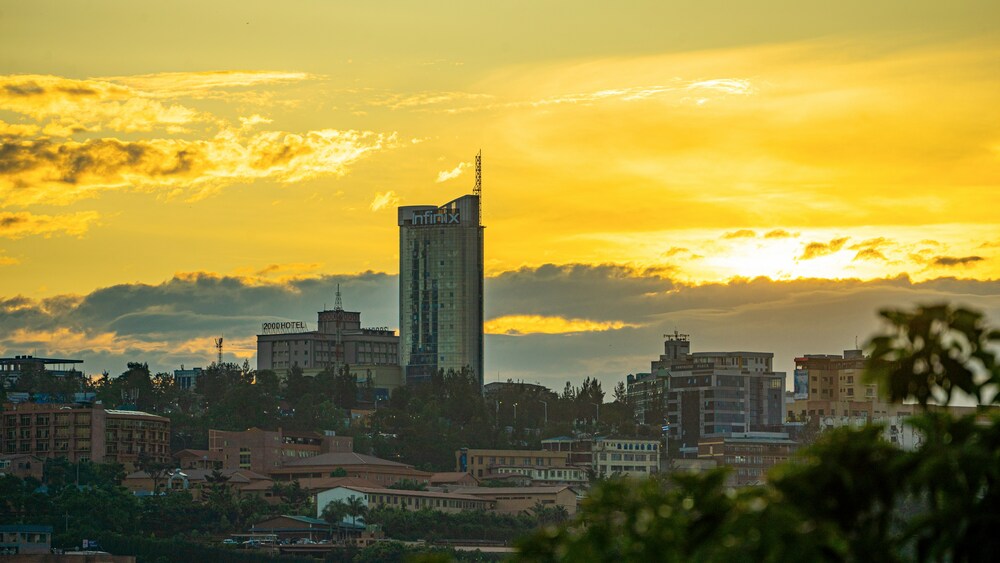
Finally, one of the flag of Rwanda’s most striking elements is the bright yellow sun, located on the top-right corner of the blue band. This sun has 24 rays, representing the enlightenment of Rwanda’s people, as well as national unity and transparency.
After the genocide, Rwanda has placed a strong emphasis on rebuilding its educational system, ensuring that its young people are equipped with the skills needed for growth, innovation, and peace-building. Given the nation has one of the youngest populations in the world, the sun conveys this sense of optimism for the next generation, and that they will lead the country into a new era of hope and unity.
You can read more about the national flag of Rwanda and its meaning via this guide from the Rwandan government.
How can I see the flag of Rwanda for myself?
Thankfully, YPT know Rwanda pretty well (one of our guides even lived here!), so we can help you to join one of our group tours.
We run our East Africa Combo, which takes in Rwanda alongside Burundi, DR Congo, and Uganda. This allows you to see the Land of a Thousand Hills in the context of its neighbouring states.
Do these dates not work for you, or would you like something a bit more “intimate?” No worries! We will help you to organize the private tour of your dreams, including the key sites as well as tailoring any itinerary for your specific wants and interests.
Either way, check out our Rwanda landing page or else send us an email with any questions you may have. We hope to see you in Kigali soon!





